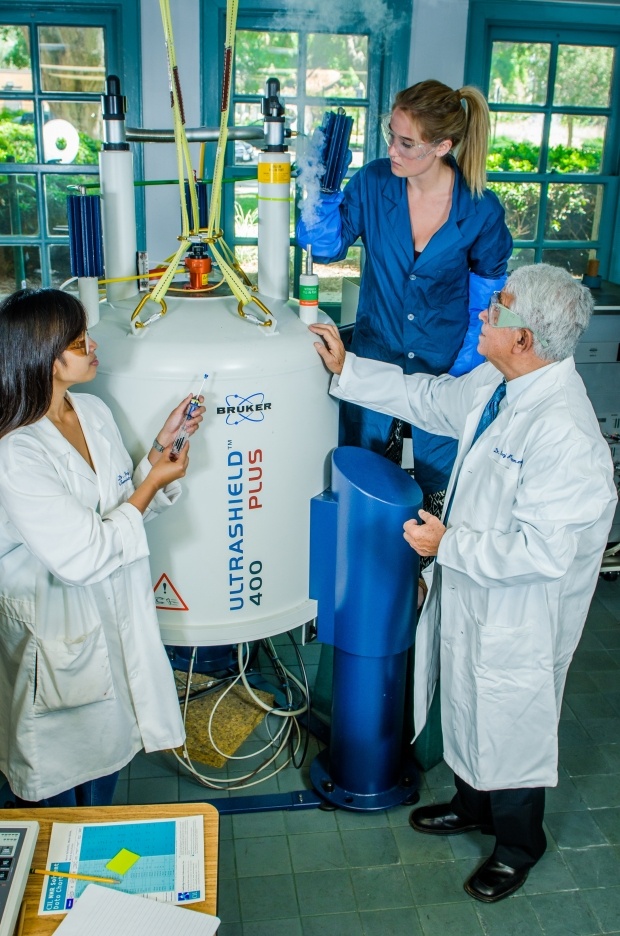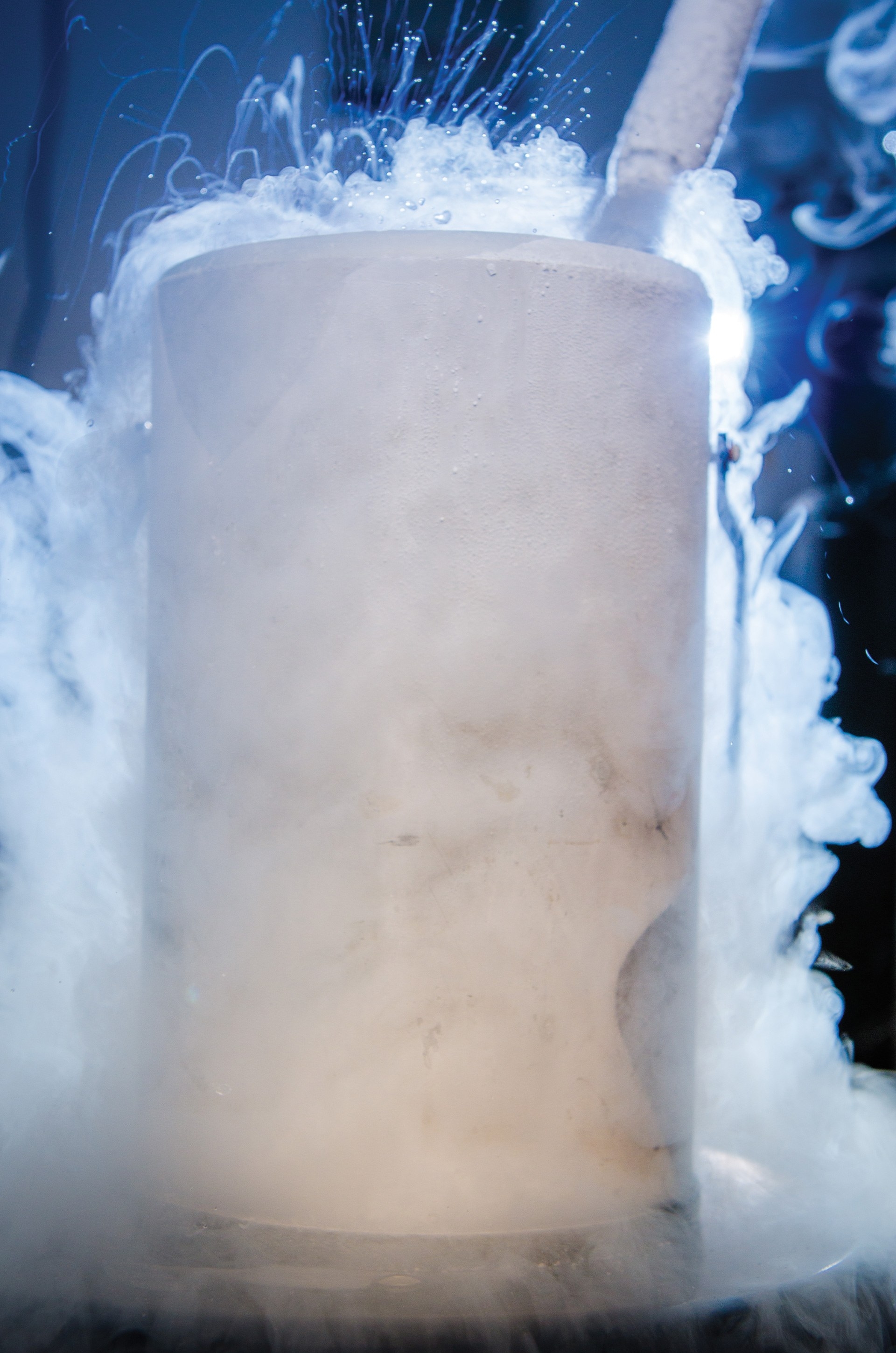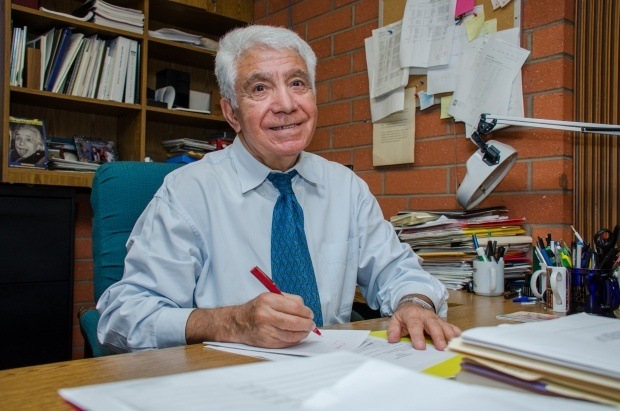A missile explosion rocked Dr. Iraj Parchamazad’s neighborhood north of Tehran in the 1979 Iranian Revolution. He immediately thought of his two young children, his wife, and his research at the University of Tehran.
A four-story building destroyed by the bomb underscored the danger and uncertain future facing the nation. Protests, riots and fires continued for months. Torn between ambition and his family’s safety, Parchamazad chose the latter. “I had several labs and didn’t want to lose all my research in Iran,” said Parchamazad, Professor of Chemistry at the University of La Verne. “But at a certain point, I felt I needed to leave.”
Parchamazad, a La Verne faculty member since 1987, has made a name for himself in the world of cold fusion research and chemistry. He has established patents for a fuel cell and hydrogen purifier at La Verne, generating University funds.
He has traveled the world for scientific discovery, working with top researchers in his field. It was a passion that began in middle school. Parchamazad wanted to follow in the footsteps of inventors and scientists such as Albert Einstein, Thomas Edison and Linus Pauling. He conducted experiments in his kitchen, resulting in a few fires, he said.
Despite his parents’ dreams of Parchamazad becoming a doctor, he kept his sights set on chemistry. “I thought I had more potential to be a famous chemist than a medical doctor,” he said.

He obtained bachelor’s and master’s degrees from the University of Tehran in chemistry and chemical engineering. Parchamazad then headed to France, where he received a Ph.D. from Aix Marseille University.
Parchamazad researched in Hamburg,Germany, the U.S. and Iran until he finally settled back in the U.S. Over the years, he has researched with students on new energy, solar chemistry and petrochemical technology.
Now Parchamazad is working on establishing several patents and is collaborating with students on cold fusion through the use of zeolites — particles made of aluminum, silica and oxygen. He and students are also experimenting with quantum dots — nanocrystals which can destroy estrogen in drinking water. He enjoys motivating students to pursue chemistry as a career.
Katherine Bay, a La Verne senior who works with Parchamazad, participated in a 10-week summer research program at Caltech and plans to go into pharmaceutical research.
“As a professor, his way of teaching is definitely up to par with bigger institutions,” Bay said. “While at Caltech, I didn’t feel I was behind students from MIT, Stanford and Yale.”
Parchamazad says he hopes his scientific legacy will make a difference in the environment.
“I would like my contributions to change the world and help everybody,” he said. “As long as my brain is working, I will continue.”

